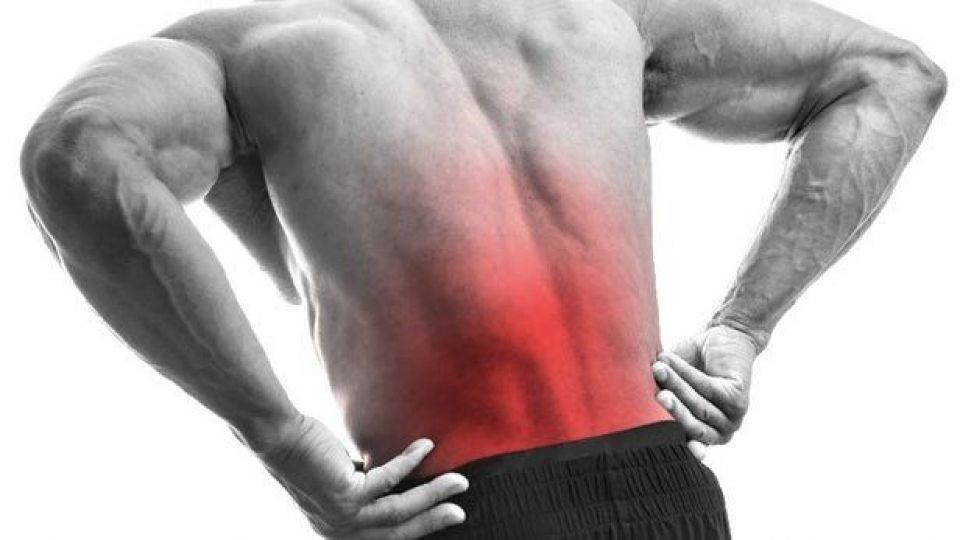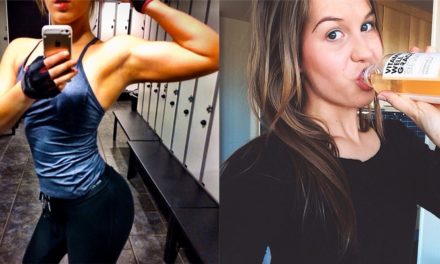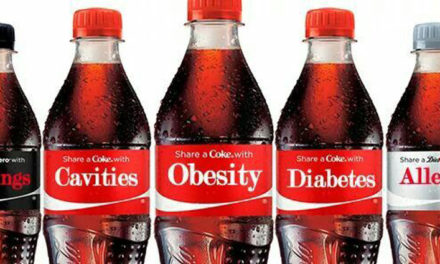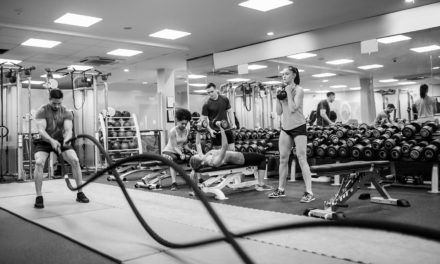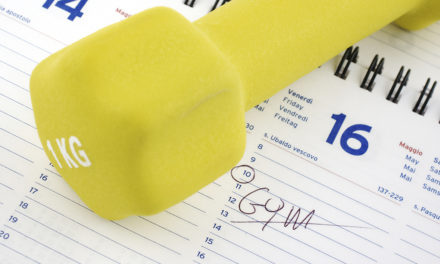Last Tuesday a new client of mine and I were analyzing her deadlift and discussing the importance of weight distribution, keeping a tight and active back, and locking out hard at the top, when I said to her, “and whatever you do, do not repeat the mistake I made when I learned how to deadlift. It has caused me a great deal of pain and I’m still suffering the consequences today.”
Now, my statement took us down a path of the various ways in which one can hurt one’s self in the gym, but more importantly the various ways one can keep one’s self safe in the gym.
And all this got me thinking about the mistakes, both big and small, we all make in the gym and the consequences we suffer as a result.
So today I want to share with you the biggest mistake I’ve ever made in the gym, the consequences I still suffer, and what I should have done in the first place.
Learning How To Deadlift… On My Own… And Terribly.
Without a doubt, deadlifting is one of the most effective exercises for building strength and lean muscle throughout the legs, butt, and back. And if done correctly, deadlifting is completely safe.
However, when I was 16 and just starting out on my weight lifting journey, my gym access consisted of a bunch of weights down in our apartment building’s basement and no coaching besides a few magazines that happen to be sitting around down there.
(Remember, when I was 16 youtube didn’t exist yet… for better or for worse.)
All this meant when it was time for me to start deadlifting I was left to figure things out on my own.
As a result, I did exactly what you are not supposed to do when deadlifting: I rounded my lower back.
In fact, because I “felt it” more in my lower back when I rounded my lower back, I purposefully rounded it as much as possible.
(I’m literally shaking my head as I’m writing this…)
Well, as I discussed in this piece, one of the single most dangerous things you can do in a gym is round your lower back when handling weight.
Doing so can cause a myriad of lower back injuries that then impact the nerve columns that run along your spine and into your lower body.
And that is exactly what happened to me.
Consequences Oh Consequences
Just as no good deed shall go unpunished… neither will anyone who purposefully rounds his lower back when deadlifting.
As a result of my lower back injury I have had the distinct pleasure of dealing with chronic lower back tightness and pain which migrates down into my left glute and can also make my left quad feel a bit “heavy” at times.
My lower back issue has also caused me to favor my left leg when lifting and may have played a role in the left hip impingement I have developed, which in and of itself causes pain in the front of my hip and left glute and lower back spasms.
At this point I really can’t deadlift anymore and I have trouble back squatting.
And that matters because those are two of the best exercises for building strength and lean muscle throughout the lower body.
There are ways around this, like doing split squats and lunges, but those take more time, which when you are trying to run a business and raise an 8 month old… you do not have!
What I Should Have Done Instead
This one is basic and straightforward: when deadlifting, I, you, your grandmother, anyone and everyone ever must keep their lower back straight, tight, strong, and active. Do not round your lower back!
If you do this you are going to protect your vertebra and transmit the force of the lift throughout your hamstrings, glutes, and the muscles of your lower and mid back. (Just as you are supposed to do.)
And when you do that, you get to stay injury free and fully functional, something I wish applied to me.
Zach
Founder & Director of Zach Moore Training.
And everyone, if you found today’s article insightful, inspiring or enlightening SUBSCRIBE and if you have a friend, family member, colleague or peer who you think would benefit from what we’ve talked about here today, pass this email on.
One of the best things you can do for those you care about is helping them to build a healthy and great looking body. A body that is strong, capable and moves without pain and a body in which they feel confident and happy.

